Amsterdam's Enchanting Landmarks Journey
Experience the rich history and vibrant culture of Amsterdam on this captivating free walking tour through its iconic landmarks and hidden gems.
Time
3 Hours
Stops
9 Places
Distance
2.3 km
Dam Square
The heart of Amsterdam, Dam Square is a bustling hub of activity and history, home to the Royal Palace and the National Monument.
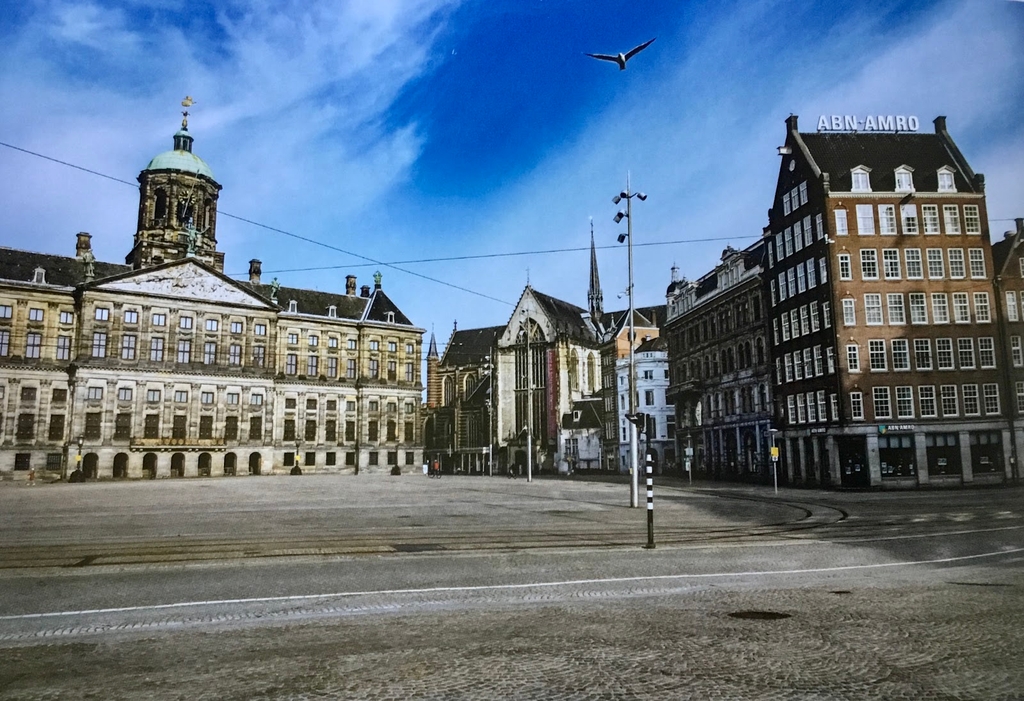
Dam Square (Source: Google Maps)
Dam Square serves as the pulsating heart of Amsterdam, rich in history and activity. This iconic square has been the center of Dutch life for centuries, hosting significant events and gatherings. It features the Royal Palace, originally built as a city hall in the 17th century, showcasing classic Dutch baroque architecture with its grand façade and impressive interior. The National Monument, a towering obelisk, stands as a memorial to the victims of World War II, adding a poignant historical layer to the square. Visitors can enjoy street performances, cafes, and shops, making it a vibrant hub for both locals and tourists alike.
Nieuwe Kerk (New Church)
Adjacent to Dam Square, this 15th-century church is renowned for its stunning architecture and significant role in Dutch royal ceremonies.
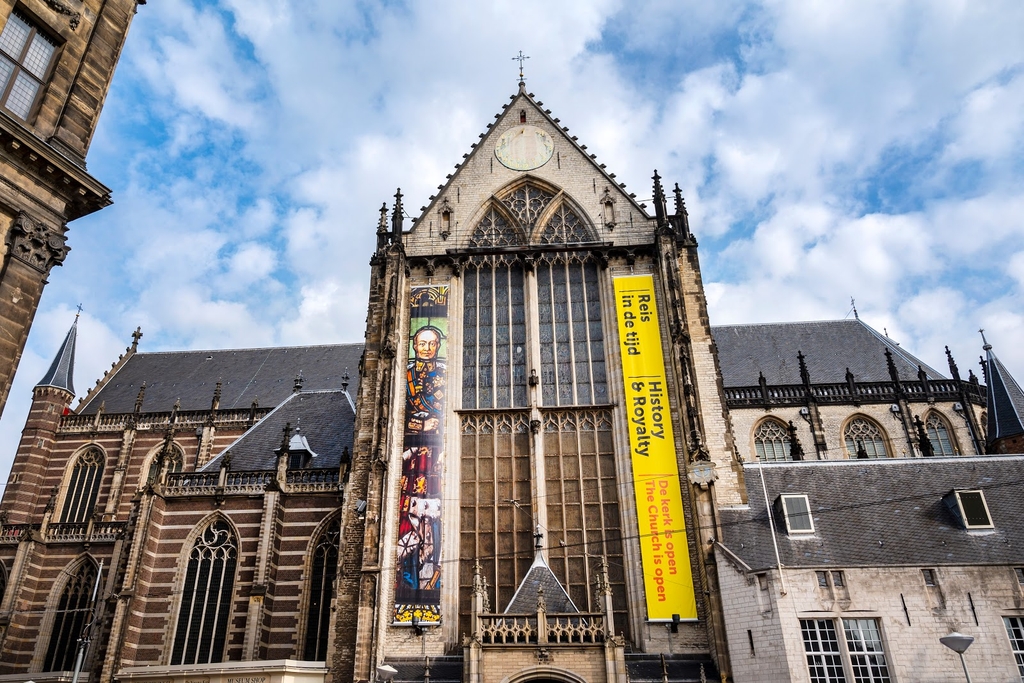
Nieuwe Kerk (New Church) (Source: Google Maps)
Nieuwe Kerk, or the New Church, is an architectural marvel located adjacent to Dam Square. Built in the 15th century, this Gothic-style church has played a significant role in Dutch royal ceremonies, including coronations and weddings. Its stunning stained glass windows and intricate wooden ceiling reflect the artistry of the period. The church is also home to various exhibitions that explore Dutch history and culture, making it a vital cultural institution. The Nieuwe Kerk stands not just as a place of worship, but as a testament to the rich heritage of Amsterdam and the Netherlands.
Begijnhof
A serene courtyard hidden in the heart of the city, Begijnhof offers a glimpse into Amsterdam's religious past with its historic houses and chapel.
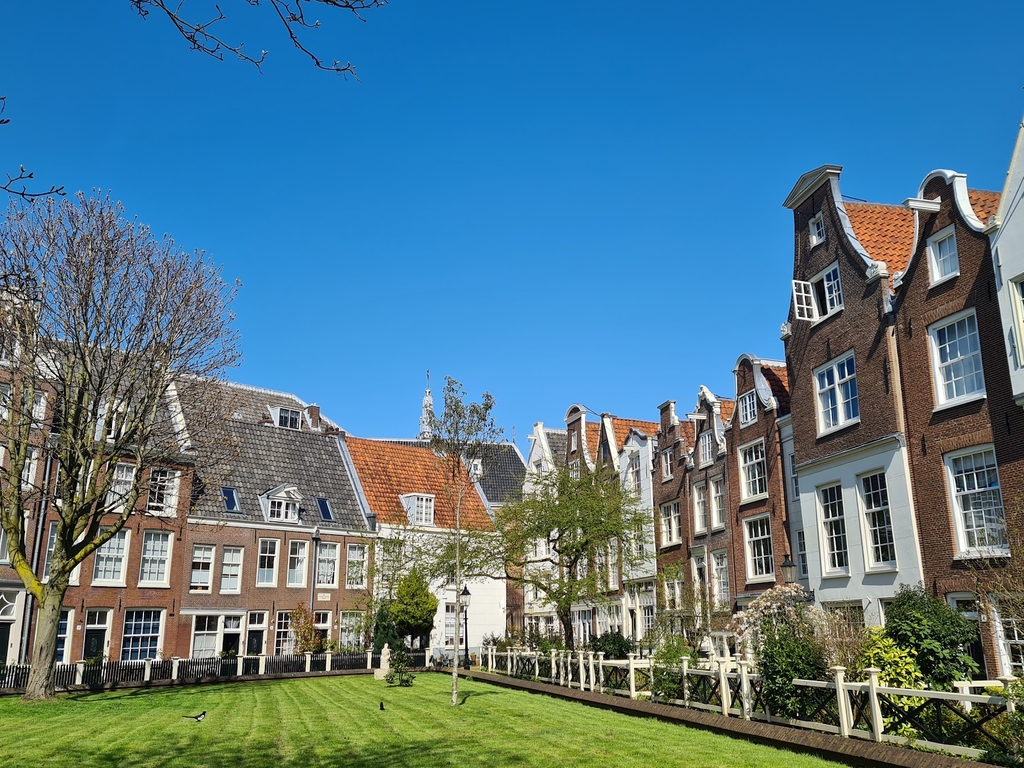
Begijnhof (Source: Google Maps)
Begijnhof is a tranquil oasis in the heart of Amsterdam, offering a glimpse into the city's religious past. Founded in the early 14th century, it was originally a community for Beguines, women who lived in a semi-monastic lifestyle. The courtyard is surrounded by historic houses, with some dating back to the 15th century, showcasing traditional Dutch architecture. The serene chapel within the courtyard, dedicated to St. Ursula, adds to its spiritual significance. Today, Begijnhof is a protected monument and serves as a peaceful refuge from the bustling city, inviting visitors to reflect on its rich history and serene atmosphere.
Spui Square
Known for its lively atmosphere, Spui is a cultural hub with bookstores and cafes, perfect for a brief respite.
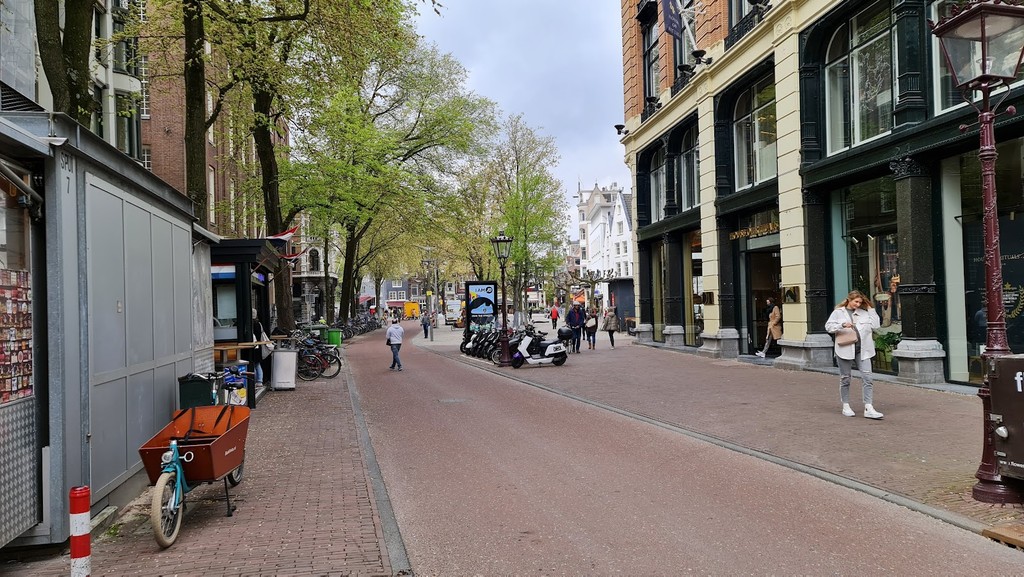
Spui Square (Source: Google Maps)
Spui Square is a lively cultural hub in Amsterdam, known for its vibrant atmosphere and artistic flair. Surrounded by bookstores, cafes, and galleries, it is a popular gathering place for locals and tourists alike. The square often hosts various events, including book markets and art exhibitions, reflecting the city's commitment to culture and creativity. The architecture surrounding Spui features a mix of historic and modern styles, creating an inviting ambiance. With its outdoor seating and lively energy, Spui Square is the perfect spot to take a break, enjoy a coffee, and soak in the local culture.
Flower Market (Bloemenmarkt)
The world’s only floating flower market, Bloemenmarkt is a vibrant display of Dutch horticulture along the Singel canal.
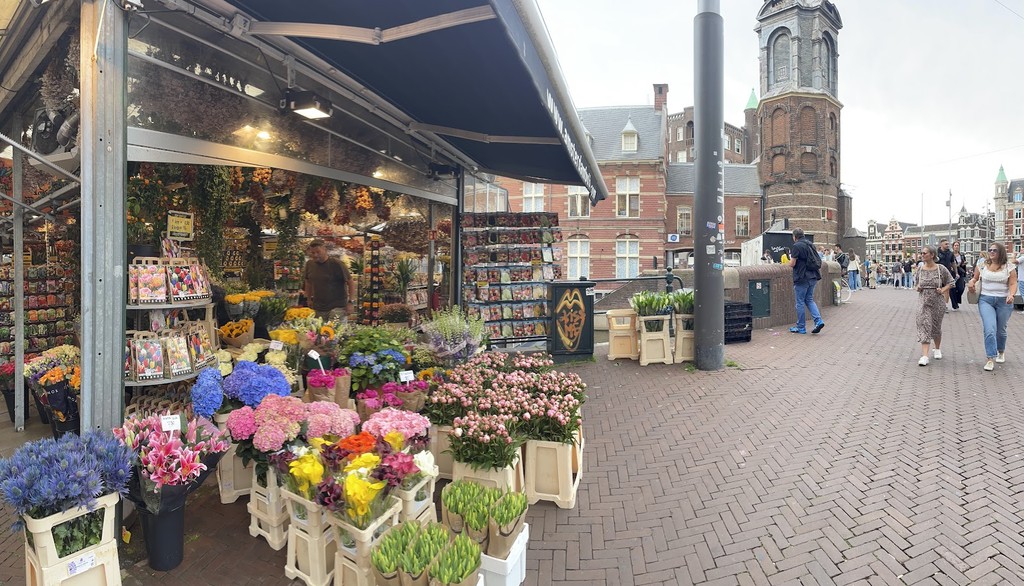
Flower Market (Bloemenmarkt) (Source: Google Maps)
The Bloemenmarkt is a unique floating flower market situated along the Singel canal, renowned as the only one of its kind in the world. Established in the 19th century, it showcases the Netherlands' rich horticultural heritage with vibrant displays of tulips, daffodils, and other flowers. The market's colorful stalls, housed on houseboats, create a picturesque scene that attracts visitors year-round. In addition to fresh flowers, the market offers a variety of bulbs and plants, making it a popular destination for gardening enthusiasts. The Bloemenmarkt is not just a market; it is an experience that captures the essence of Dutch culture and its deep-rooted connection to floriculture.
Rembrandtplein
Named after the famous Dutch painter, this lively square is surrounded by cafes and nightclubs, showcasing Amsterdam's vibrant nightlife.
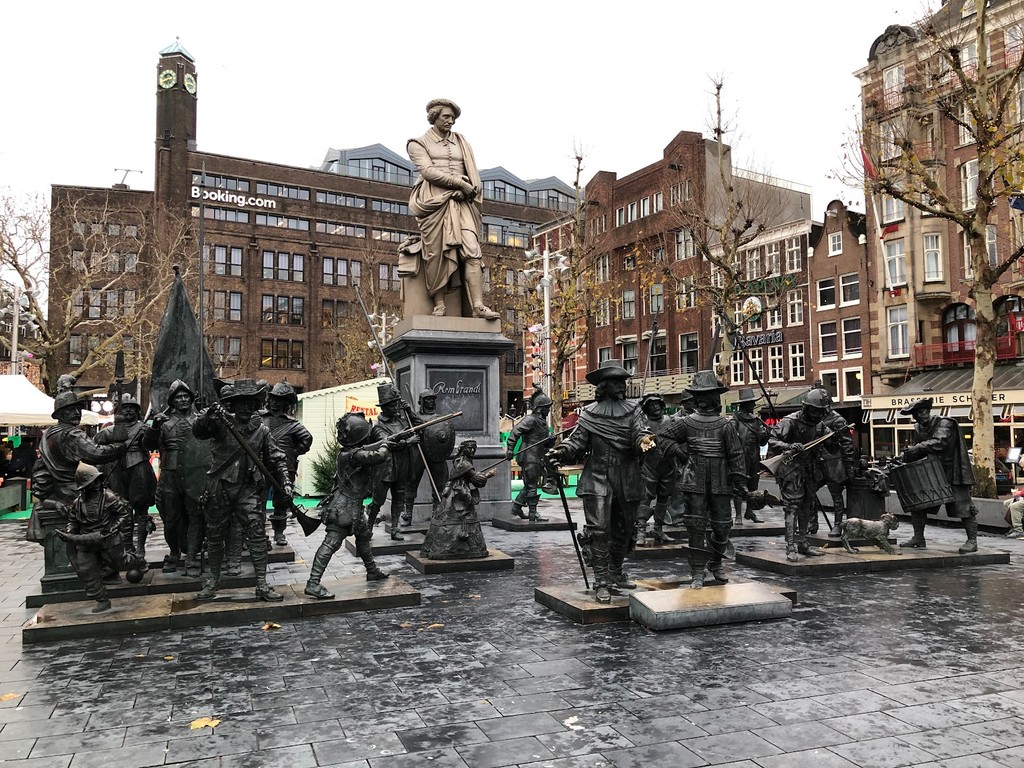
Rembrandtplein (Source: Google Maps)
Rembrandtplein is a bustling square named after the famous Dutch painter Rembrandt van Rijn, who lived and worked in Amsterdam during the 17th century. The square is surrounded by an array of cafes, restaurants, and nightclubs, making it a vibrant nightlife hotspot. At the center of the square stands a bronze statue of Rembrandt, surrounded by scenes from his famous painting 'The Night Watch,' which adds an artistic touch to the lively atmosphere. Rembrandtplein is not only a social hub but also a cultural landmark, hosting events and performances that celebrate the arts and the city's rich history.
Amsterdam Museum
Just a short walk from the square, the Amsterdam Museum offers insights into the city's rich history and culture, housed in a former orphanage.
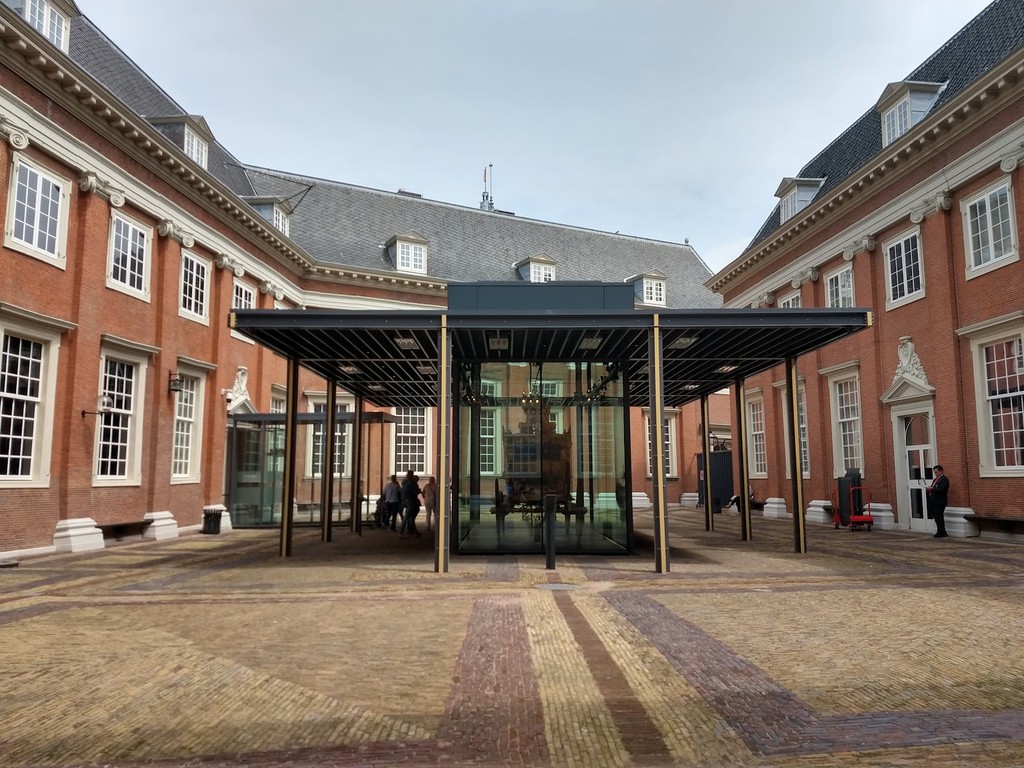
Amsterdam Museum (Source: Google Maps)
The Amsterdam Museum, housed in a former orphanage, offers a fascinating insight into the city's rich history and cultural evolution. Established in the 1920s, the museum showcases a diverse collection of artifacts, paintings, and multimedia displays that narrate Amsterdam's story from its founding to the present day. Highlights include the impressive collection of paintings from the Dutch Golden Age and interactive exhibits that engage visitors of all ages. The museum's beautiful courtyard provides a peaceful retreat in the midst of the city, making it a must-visit for anyone looking to understand Amsterdam's heritage and cultural significance.
Hermitage Amsterdam
A branch of the Hermitage Museum in Saint Petersburg, this museum offers a range of exhibitions in a beautiful riverside setting.
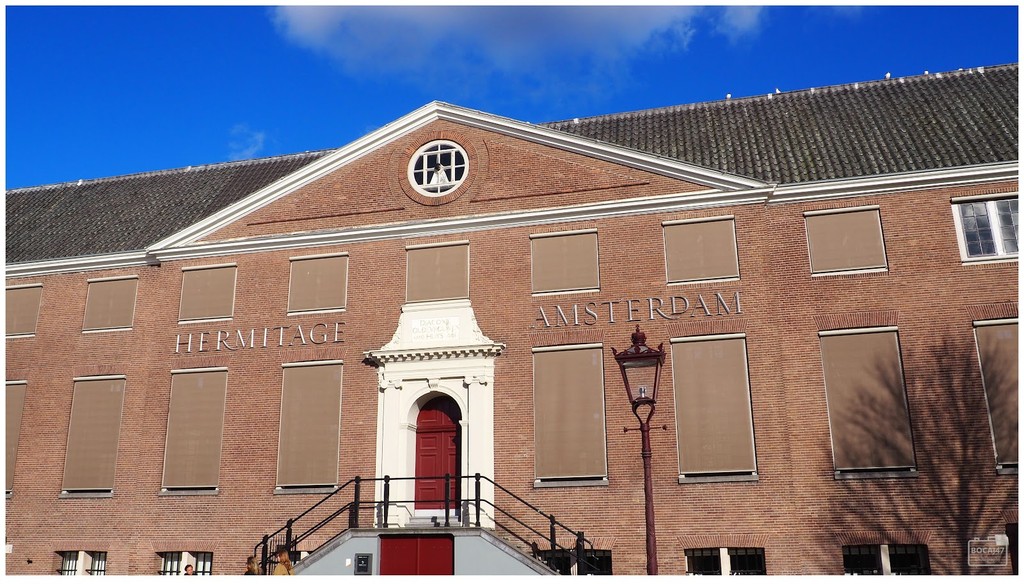
Hermitage Amsterdam (Source: Google Maps)
Hermitage Amsterdam is a branch of the famous Hermitage Museum in Saint Petersburg, Russia, offering a unique cultural experience along the banks of the Amstel River. Opened in 2009, the museum features rotating exhibitions that showcase a wide array of art and historical artifacts from the vast collection of the Hermitage. The stunning building, which was once a retirement home, combines modern design with historical architecture, creating a beautiful setting for art lovers. Visitors can explore diverse exhibitions that range from Russian art to Dutch masterpieces, making it a significant cultural institution in Amsterdam.
Magere Brug (Skinny Bridge)
An iconic wooden drawbridge over the Amstel River, Magere Brug is a picturesque symbol of Amsterdam's canal heritage.
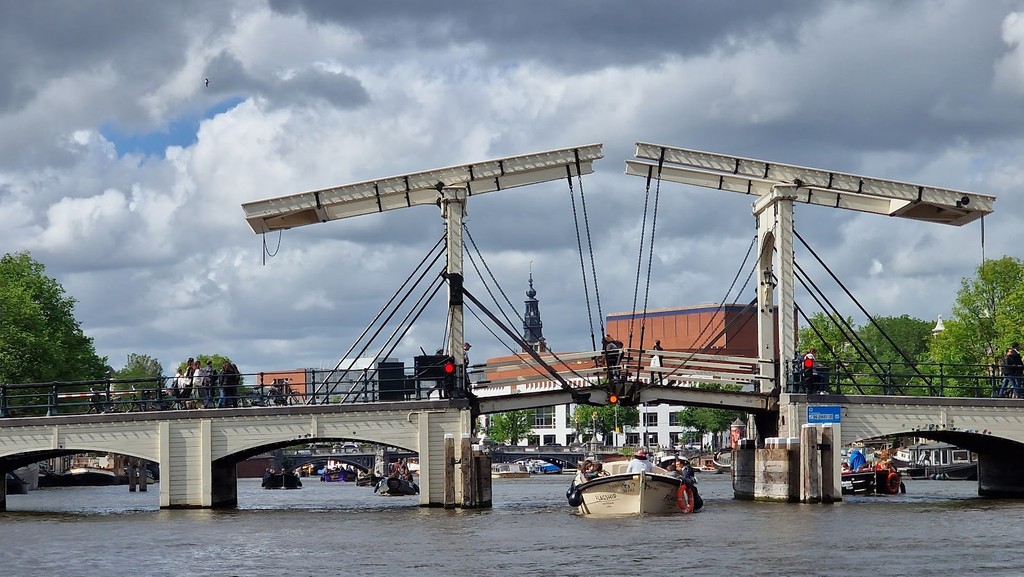
Magere Brug (Skinny Bridge) (Source: Google Maps)
Magere Brug, or the Skinny Bridge, is one of Amsterdam's most iconic landmarks, known for its picturesque appearance and historical significance. This wooden drawbridge spans the Amstel River and dates back to the 17th century, originally built to connect two banks of the river. The bridge's charming design, with its white wooden structure and traditional Dutch aesthetics, makes it a favorite spot for photographers and tourists. Legend has it that the bridge was named 'Skinny' because of the slenderness of its design. Today, Magere Brug remains a vital part of Amsterdam's canal system and is a symbol of the city's rich maritime history.
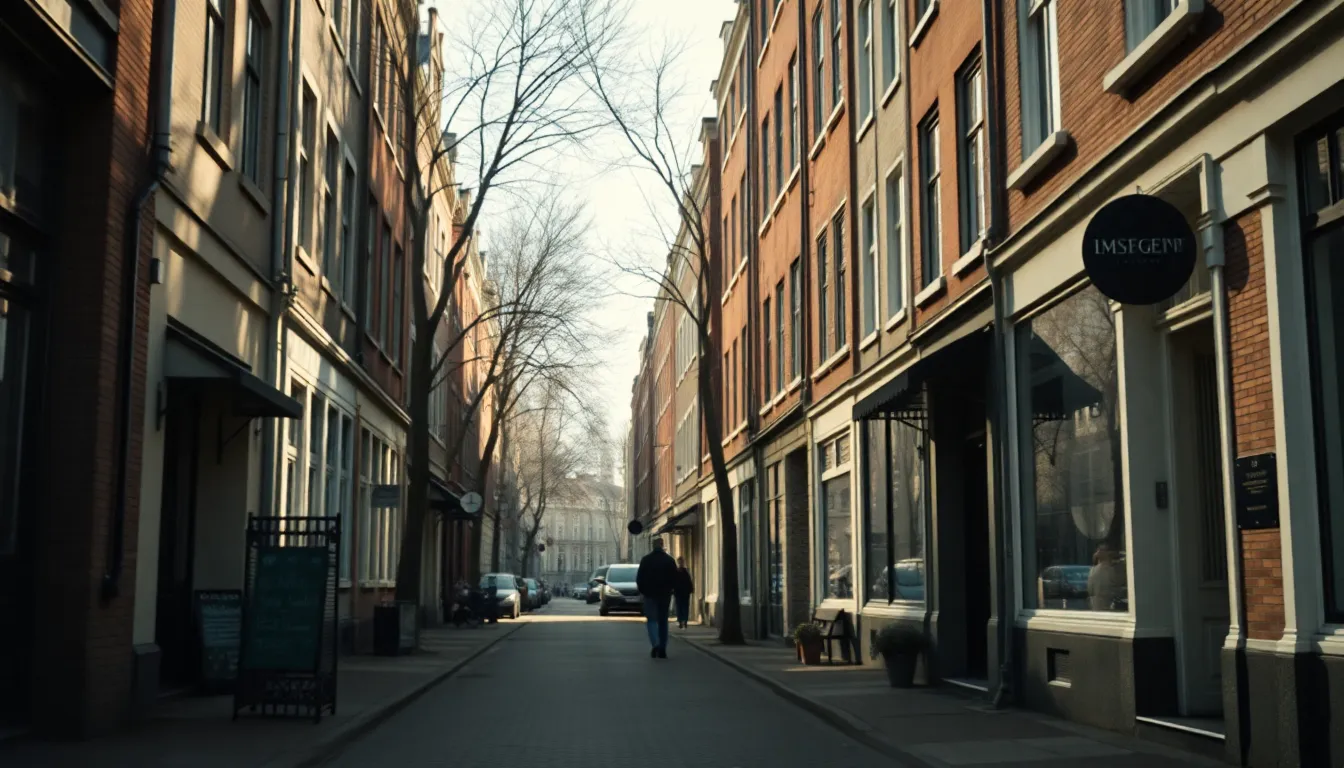
Your travels, your rules.
Create your own Free Walking Tours.
Set your preferences, distances and anything you want to do or see.
Completely free, no payment required.